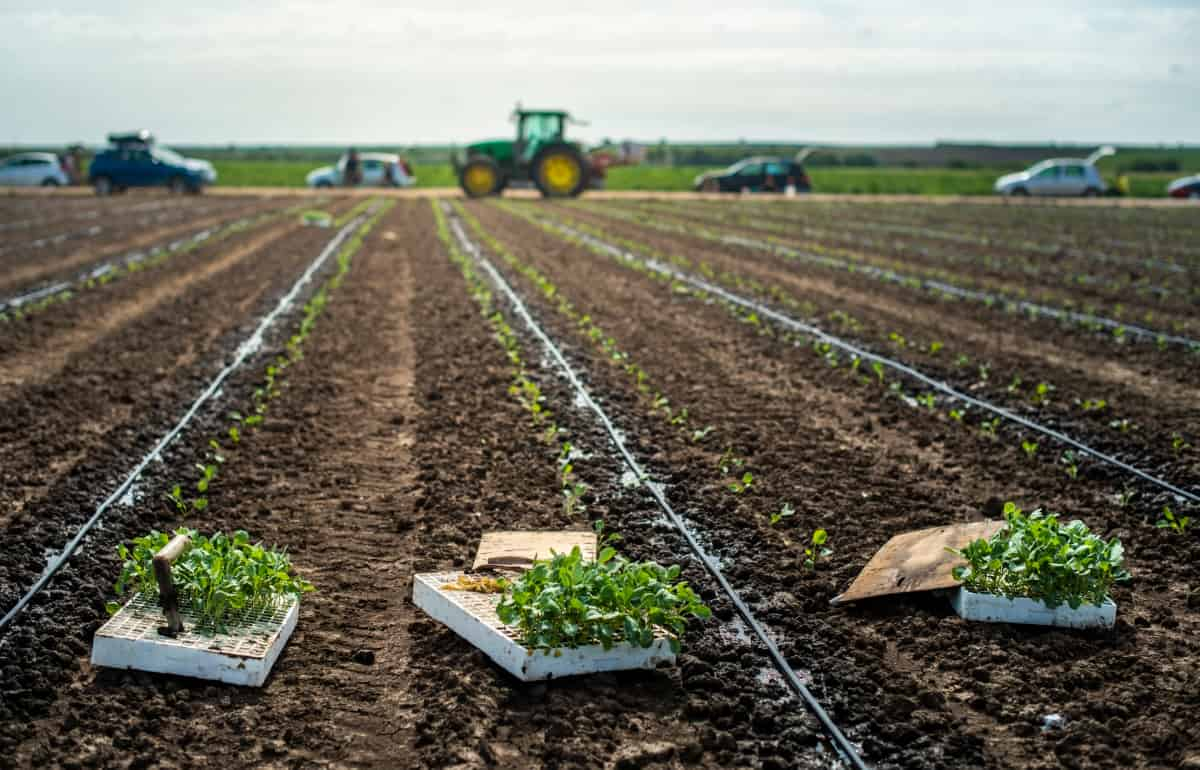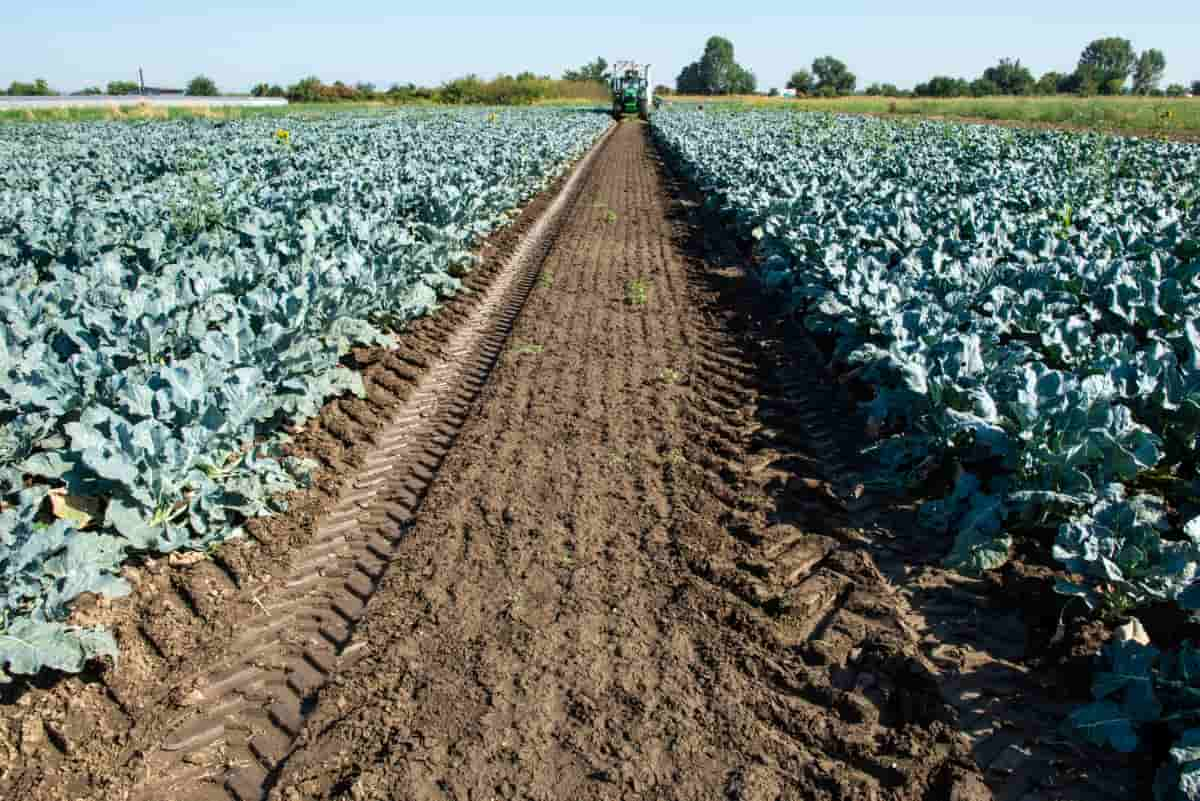Broccoli cultivation can be a fulfilling endeavor, necessitating meticulous attention to avoid typical challenges. This article outlines key mistakes to avoid in broccoli farming, focusing on essential aspects such as soil preparation, planting, watering, sunlight, fertilization, pest management, and harvesting.

Addressing common concerns such as Why is my broccoli only growing leaves, broccoli growing problems, and when to plant fall broccoli zone 5? Why is my broccoli not forming heads? When does broccoli form heads and loose broccoli heads? This guide aims to provide comprehensive insights for both novice and experienced farmers.
Mistakes to Avoid in Broccoli Farming
Inadequate Soil Preparation
Soil preparation is crucial in broccoli farming, yet often overlooked. Proper soil preparation ensures that the ground has the right texture and nutrients for broccoli growth. The soil should possess good drainage, ample organic content, and maintain a pH level between 6.0 and 7.0. If the soil is too compacted, it can hinder root growth and water drainage, leading to poor plant development. Testing the soil before planting and amending it with organic compost or other suitable materials can significantly improve the growing conditions for broccoli, thus preventing issues like stunted growth and poor head formation.
Incorrect Planting Depth
Planting broccoli at the correct depth is vital for its development. If seeds or seedlings are planted too deep, they may struggle to emerge or develop weak stems. Conversely, shallow planting can expose roots to the surface, making them vulnerable to drying out or damage. The ideal planting depth for broccoli is about ½ inch for seeds and at the same depth as the seedling’s root ball. Consistent depth across the planting area ensures uniform growth and development, reducing the risk of problems like uneven head formation or delayed maturation.
Overwatering
While broccoli requires consistent moisture, overwatering can be detrimental. An excess of soil moisture can result in root rot, a prevalent concern in broccoli cultivation. Additionally, it can foster conditions favorable to pests and diseases. The key is to maintain evenly moist soil, allowing the top layer to dry slightly between watering. Implementing a regular watering schedule, especially in dry conditions, and using mulch to retain soil moisture can help prevent overwatering and its associated issues, including loose broccoli heads and delayed head formation.
In case you missed it: Broccoli Growing Stages and Broccoli Growth Time Lapse

Insufficient Sunlight
Broccoli flourishes when exposed to ample sunlight, ideally receiving 6 to 8 hours of direct sunlight daily. Insufficient sunlight can lead to leggy plants, weak stems, and poor head development. This can be a particular concern for those wondering, Why is my broccoli not forming heads? Or When does broccoli form heads? Choosing a planting site that receives adequate sunlight throughout the day is crucial. If sunlight is limited, consider pruning nearby vegetation or strategically planning your garden layout to maximize light exposure for your broccoli plants.
Poor Fertilization
Inadequate or incorrect fertilization can lead to nutrient imbalances, impacting plant growth and head formation. Broccoli benefits from a balanced fertilizer rich in nitrogen, phosphorus, and potassium. Applying fertilizer at the right time and in the correct amounts is key. Over-fertilization can cause excessive leaf growth at the expense of head development, answering the query, why is my broccoli only growing leaves? Regular soil testing and adhering to recommended fertilizer rates can prevent these issues.
Inadequate Pest Management
Pests can significantly impact broccoli crops, leading to reduced yields and quality. Common pests include aphids, cabbage loopers, and flea beetles. Inadequate pest management can result in damaged leaves, stunted growth, and poor head formation. Regular monitoring of your broccoli plants for signs of pests, coupled with appropriate control measures, is essential. This may include physical barriers like row covers, the use of organic pesticides, or the introduction of beneficial insects. Timely and effective pest management ensures healthy plants and bountiful harvests.
Incorrect Harvesting
Harvesting broccoli at the right time and in the correct manner is critical for quality produce. Harvest broccoli heads when they are still firm and tightly closed, before the flowers begin to bloom. Incorrect harvesting, such as waiting too long or cutting too low on the stalk, can affect both the quality and quantity of your yield.
In case you missed it: How and When to Fertilize Broccoli Plants: Requirements and Recommendation

Using a sharp knife, cut the head off the plant, leaving at least 6 inches of the stem. This encourages side shoots to develop, offering a secondary harvest. Understanding when and how to harvest can significantly influence the success of your broccoli farming endeavor.
Lack of Crop Rotation
One often neglected aspect of broccoli farming is crop rotation. Without rotating crops, the soil can become depleted of specific nutrients, and pests and diseases specific to broccoli can build up in the soil. Rotating broccoli with other crops, such as legumes or grains, helps maintain soil fertility and disrupts the life cycle of pests and diseases. This practice not only enhances the soil’s health but also reduces the need for chemical interventions, thereby promoting a more sustainable farming approach.
Inadequate Support
Broccoli plants can grow quite large and, without proper support, may topple over or grow improperly, affecting head formation. Staking or using plant supports helps maintain upright growth, especially in areas with strong winds or heavy rains. Proper spacing is also crucial to provide enough room for each plant to develop fully. Overcrowded plants compete for resources, leading to smaller heads and reduced yields. By providing adequate support and space, farmers can ensure optimal growth conditions for their broccoli crops.
Ignoring Disease and Pest Resistance
Selecting the right broccoli varieties is essential for successful farming. Certain types exhibit higher resistance to pests and diseases, offering a significant advantage in regions susceptible to particular issues. Ignoring disease and pest resistance when choosing a variety can lead to increased susceptibility to issues like black rot, clubroot, or aphid infestations. Researching and selecting resistant varieties tailored to local conditions can significantly reduce the impact of diseases and pests on the crop.
In case you missed it: Broccoli Seed Germination: Requirements, Time, Temperature, and Sprouting Conditions

Conclusion
Successful broccoli farming hinges on understanding and addressing several key factors. From preparing the soil adequately to choosing the right varieties and implementing effective harvesting techniques, each aspect plays a pivotal role in the health and productivity of the crop. Mistakes such as overwatering, insufficient sunlight, poor fertilization, inadequate pest management, ignoring disease and pest resistance, and incorrect harvesting can significantly hinder the quality and yield of broccoli.
Additionally, practices like crop rotation and providing adequate support for plants are essential for sustainable and productive farming. By avoiding these common mistakes, farmers can ensure a bountiful and high-quality broccoli harvest, meeting the challenges of growing this nutritious and versatile vegetable.
- Feed Your Flock for Less: Top 10 Tips to Save on Chicken Feed
- Ultimate Guide to Ossabaw Island Hog: Breeding, Raising, Diet, and Care
- Hatching Answers: The Top 10 Reasons Your Chickens Aren’t Laying Eggs
- Eggs and Economics: Breaking Down the Cost of Raising Backyard Chickens
- Defend Your Greens: Proven Methods to Keep Iguanas Out of Your Garden
- Ultimate Guide to Cinnamon Queen Chicken: A Comprehensive Guide for Beginners
- Ultimate Guide to California Tan Chicken: Breeding, Raising, Diet, Egg-Production and Care
- Ultimate Guide to Marsh Daisy Chicken: Breeding, Raising, Diet, and Care
- 10 Types of Chicken Farming Businesses You Can Start for Profits